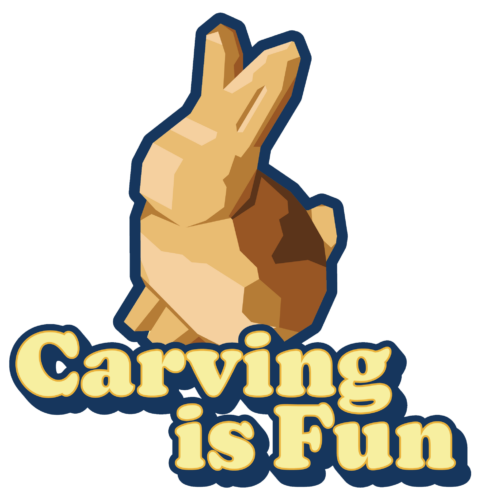Your first time whittling may be a little challenging at first as you may make common mistakes like slicing too deep or not keeping your knife nice and sharp. They may start to discourage you as something like a dull knife will make you think that you aren’t cut out for whittling.
Here are 10 tips and tricks that have helped me become a more successful whittler and allow me to make some really fun sculptures!
Use A Strop, and Use it Often
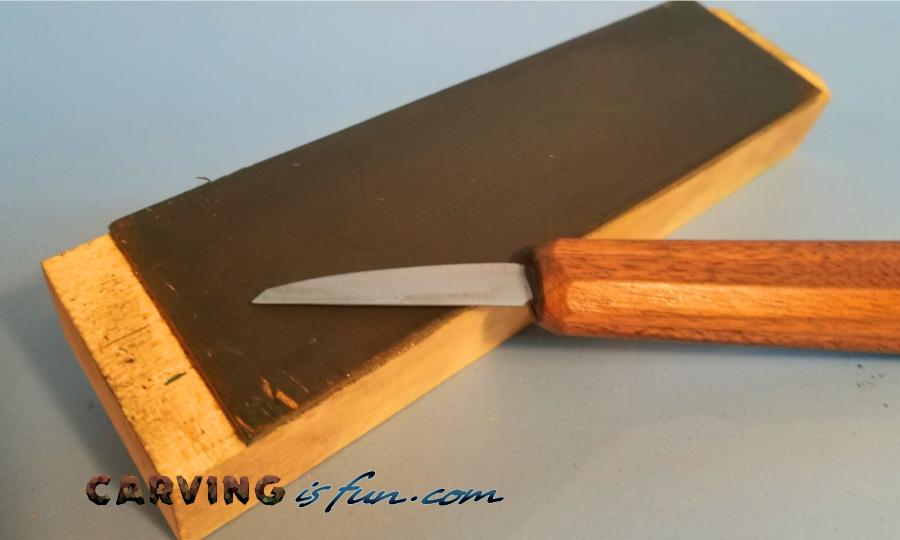
This is going to be the most important tip I can give anyone who is getting into whittling, and I learned it the hard way myself.
A leather strop is basically a piece of leather that is used to align the edge of a knife after it is sharpened. If the strop is loaded with a polishing compound, the edge can also be polished and honed to an even sharper edge than a sharpening stone can achieve.
We have all heard the saying “a sharp knife is a safe knife” but a sharp knife also makes whittling more enjoyable. At the beginning, I didn’t think that I needed to hone the knife on a leather strop and my nice 1000 grit stone will do exactly what I need. I can tell you from my experience, I was very very wrong and my knives have never been sharper since I have started using a strop.
Before I started using a stop with polishing compound, I would notice that my knives were never as sharp as they were from the manufacture. No matter what I did, I just couldn’t get that edge back on the blade.
After deciding to give them a shot, I noticed a significant difference in how easily I can cut through wood with my knives. Now, I try and strop my blades every 30 or so minutes while whittling, this keeps the edge nice and sharp making the whole experience that much better.
Use a Quality Knife
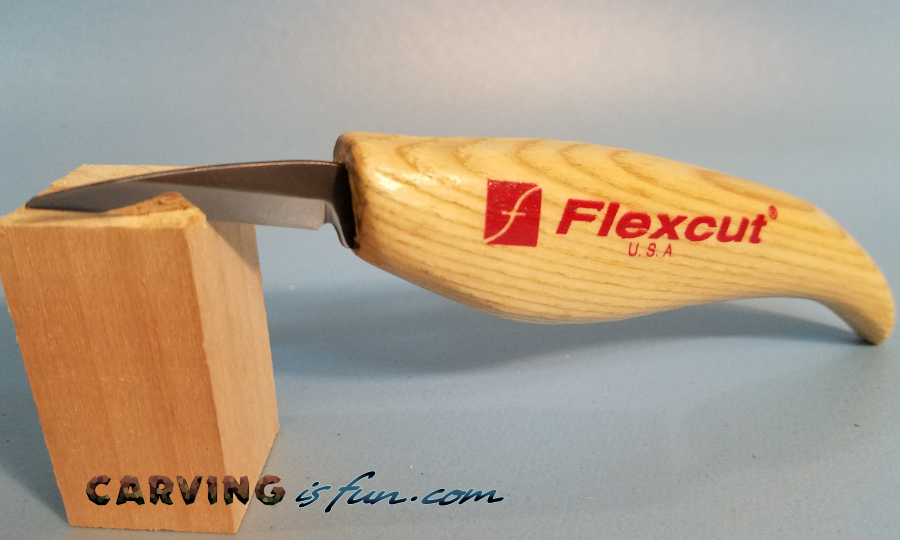
I have owned dozens of different knives from a bunch of different manufactures and the one thing I learned, all knives are not equal.
By using a high quality knife designed for whittling, you will be able to easily whittle your block of wood for a prolonged period of time as the edge will stay sharper longer than an inferior knife.
Not only that, knives that are designed for whittling will have a thinner blade for smoother cuts and a more comfortable handle.
I have used the super cheap knives in the past, they didn’t come sharp out of the box and became dull very fast. I had to do a lot of work on the edge before I could even use them and spent more time maintaining the cutting edge.
Learn How to Cut With The Wood Grain
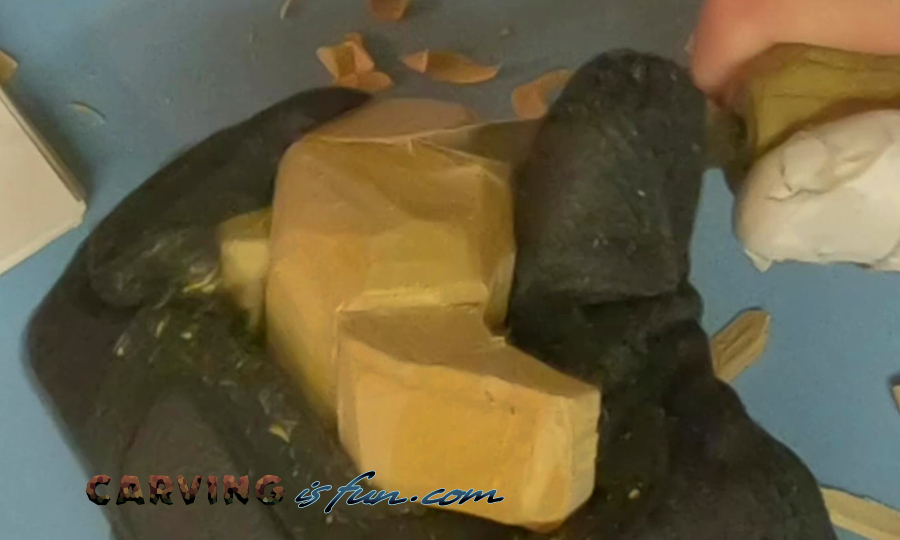
This is a subject that I still have trouble with today. I have a problem cutting into the wood grain and splitting the wood instead of slicing down through the wood grain for a smooth cut.
This can happen when you are really getting into a project and loose track of which direction the wood grain is flowing. Then before you know it, you accidentally took off too much wood on the side as the knife grabbed on to the wood grain and split it from the body.
Learning how to cut with the grain properly comes from practice. You have to pay attention to how the grain lines flow through the wood while you are cutting. Sometimes if you use cheaper wood, the grain lines will change direction or be at an angle.
Most of my problems come from me making a scooping cut or cutting out of a curve and catching the grain while pushing the knife back out of the wood. If I have gone too thick, then that’s when I catch the edge of the grain and the knife splits off a chunk of wood.
Don’t Cut Too Deep
Ideally you want to make shallow, simple cuts and remove small slivers of wood at a time. If you cut too deep, this could make your blade harder to push through and increase the chance of injury or taking off too much wood.
If I cut too deep by accident, I start removing wood in that area in a different direction so that I don’t have to push really hard to slice off that section of wood.
Use Good Quality Wood
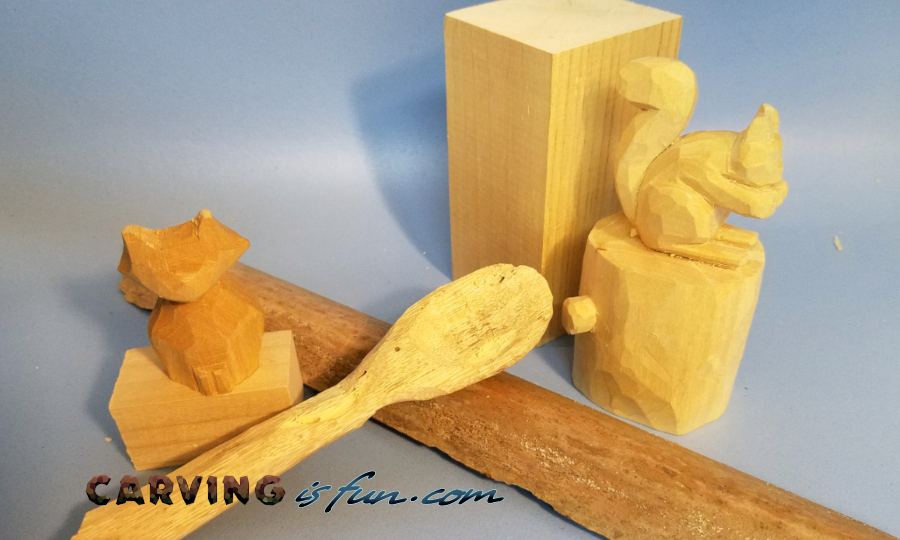
There is a fine balance between too soft and too hard of wood. If you use super soft wood like balsa wood, you won’t be able to add fine details very easily. If you use too hard of wood, your knife will dull out and wear out your arm quicker.
Find and use quality wood for whittling like basswood. You want the wood to be soft enough to easily whittle and have a very fine wood grain that stays consistent from one end to the other.
A good place to look for high quality basswood is TreelineUSA.com. Their basswood is consistent and very easy to whittle.
Start Off Slow and Small
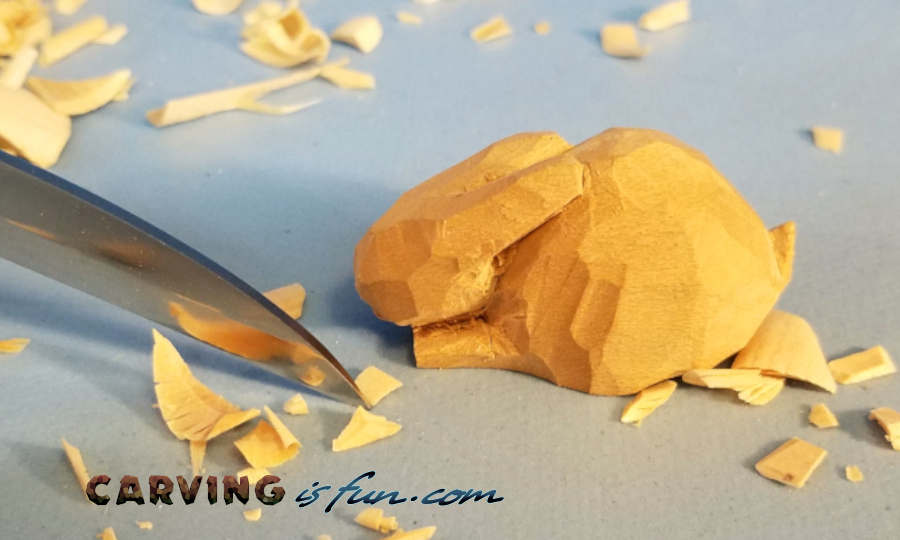
When starting off on our whittling journey, we may think that we need to make a large sculpture. I have found this to discourage a lot of new whittlers and they give up early on thinking it is too hard.
The best way to get started whittling is by starting with small blocks of wood or sticks about 1 inch wide or smaller. This way you won’t become easily discouraged and you can make your first wood carvings quickly and easily.
You don’t even have to make something complicated. I myself am really bad at making faces or adding eyes, so I just don’t add them all the time. Eventually I will become better, but for now I am enjoying myself more by not doing it.
Push with Your Thumb, Not Your Wrist
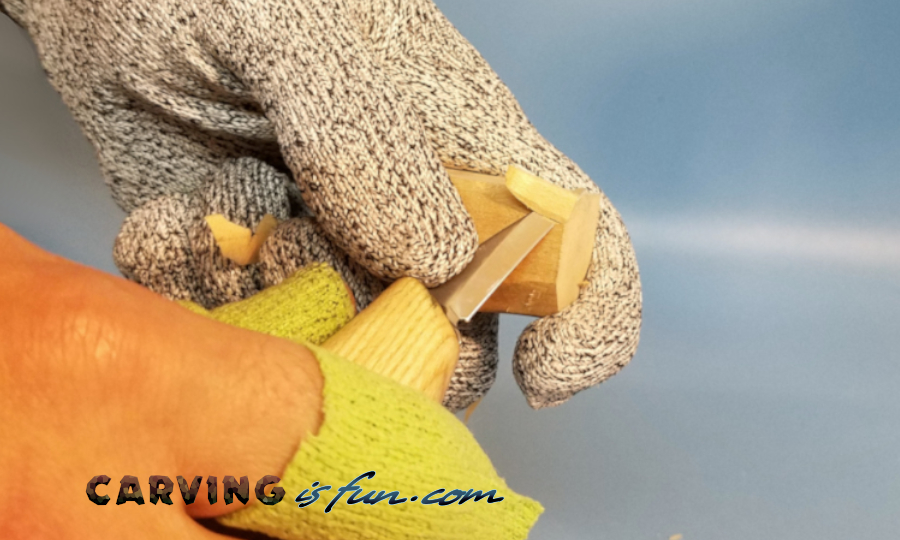
You can really wear out your wrist and arm if you are only manipulating your knife with your carving hand.
I have found that for more precise and sometimes stronger cut, I can use the thumb on my hand holding the wood to push the blade where I want it with ease.
Most of the time, I am pushing the knife from the back of the blade as it gives me more control and I can easily apply the force I need over a shorter range instead of applying a bunch of force behind the knife with my knife hand.
This also leads to a safer cut as the knife is less likely to come flying out of the wood with a bunch of force behind it.
Only Use Your Whittling Knife for Whittiling
A key tip to keeping your whittling knife sharp is to only use it for whittling wood. By keeping this knife reserved for just whittling, you wont risk chipping, blunting, or dulling the blade past the point that your leather strop will be able to easily make it razor sharp.
All of my whittling knives are reserved for just whittling. I have two folding whittling knives that I carry with me for carving on the go, but they only get used on wood. My other knives are used for the every day tasks that can damage a high carbon knife.
Use Other Wood Tools to Your Advantage
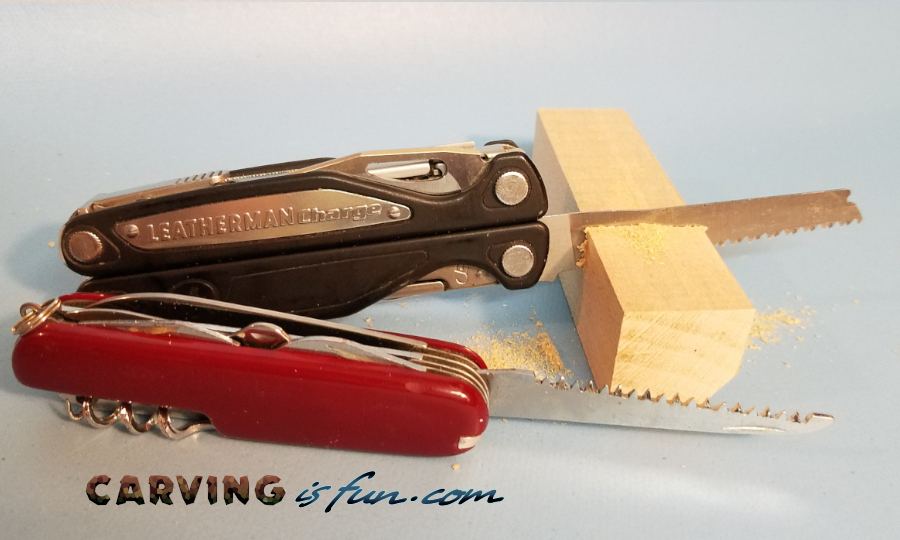
Whittling is shaping wood with just a knife, but you don’t have to only use a knife to roughly shape the wood to your needs.
If you have some sections that you will be removing a large chunk of wood bigger than your thumb, you can use a saw or chisel to remove those sections first before you sit down and whittle the rest of the wood.
This will save you loads of time, not wear out your hands, and reduce frustration. I like whittling because it is an enjoyable pastime, and I would like to keep it that way.
Frustrated? Take a Break!
Every project can’t be a winner or be super easy. Sometimes you will get frustrated and upset if things aren’t going your way. I have had several projects go bad because I accidentally took off too much wood or I just couldn’t get the cut right.
If you start getting frustrated, just put the block of wood down and stop whittling. Take a small break by getting something to drink, stropping your knife, clean up the wood chips, or even leave it for the next day.
Sometimes coming back to the project at a later time can provide new inspiration and you may see something that wasn’t noticed before.
You could even start another project and leave the one giving you problems for a much later date. One of my friends just recently picked up a project from 2 years before that they were frustrated with and finished it! They learned new tricks in the time in between and it allowed them to finish the project with ease.
If you are ready to get started, check out my One Stop Whittling Resource Page for more information.
